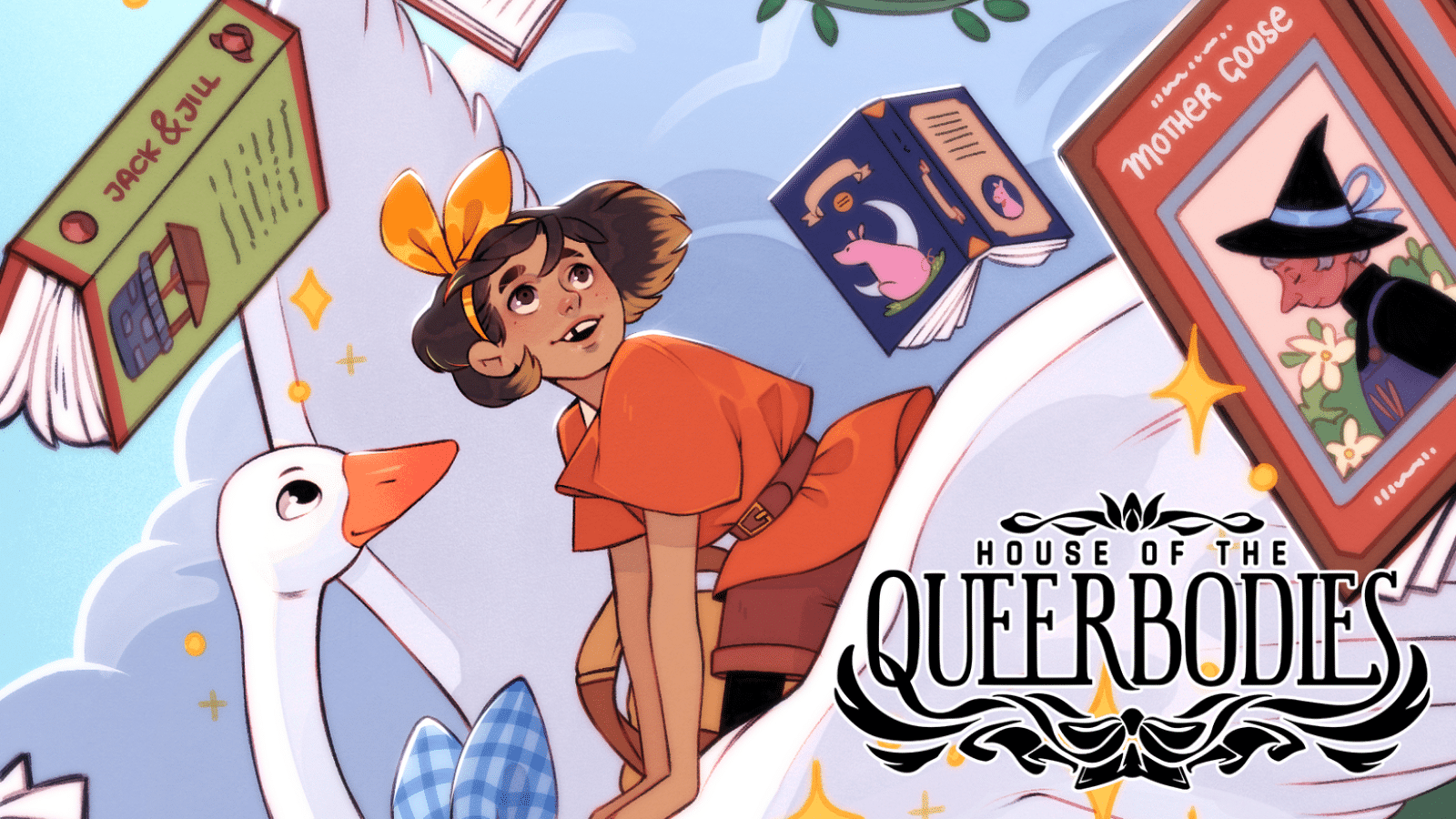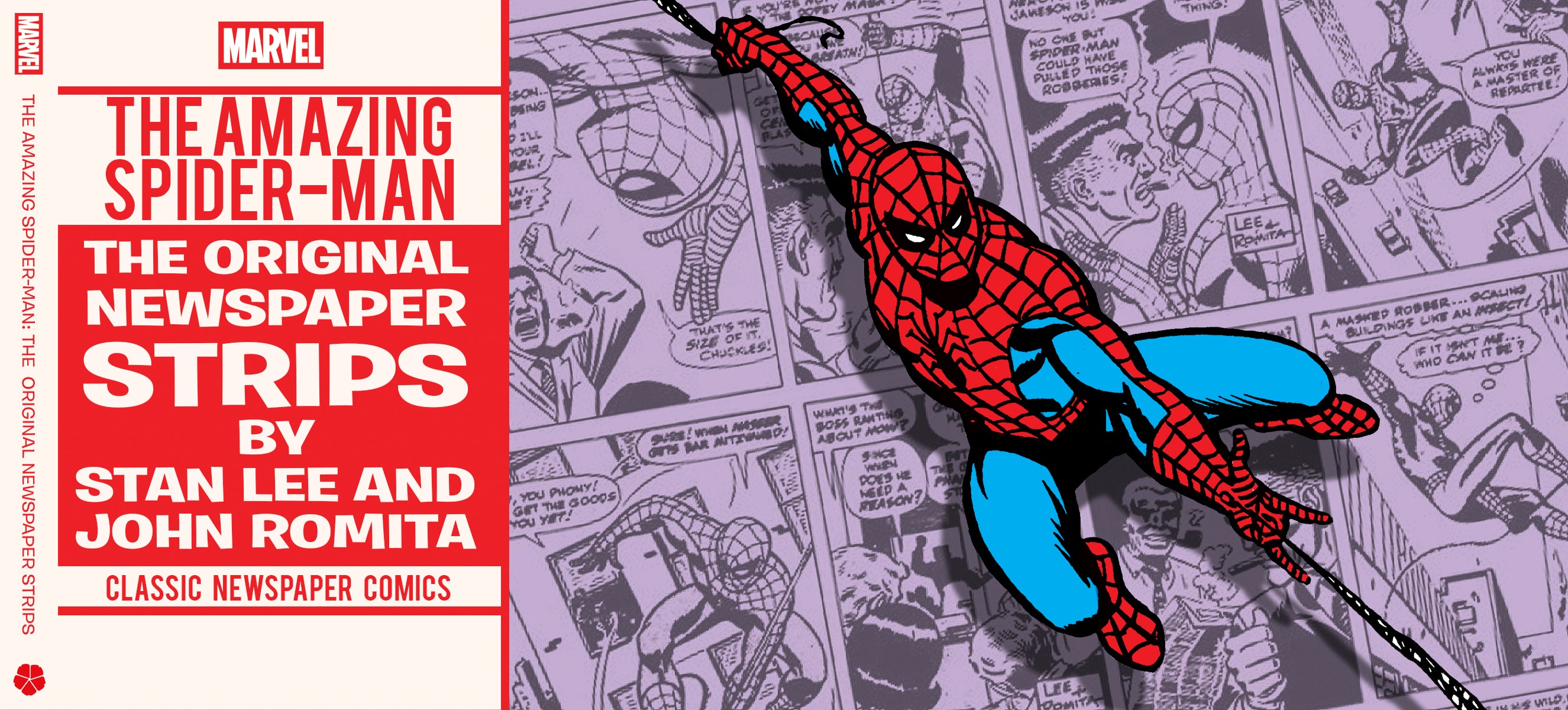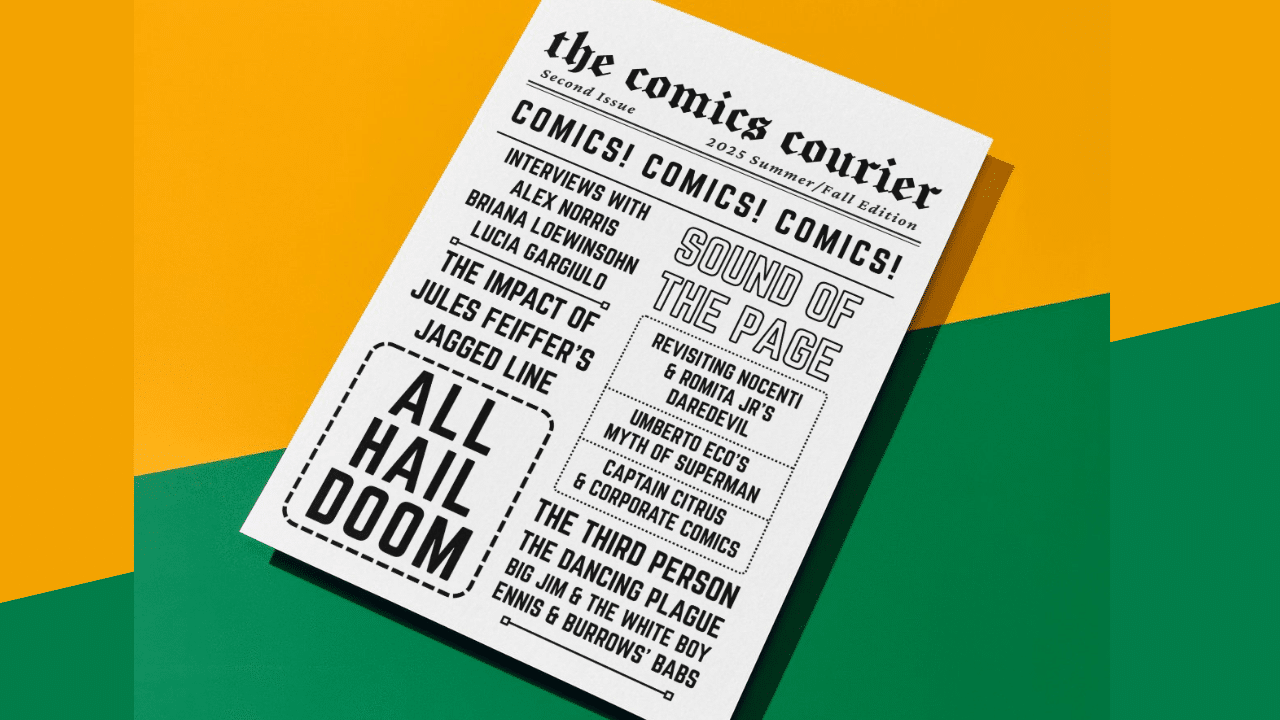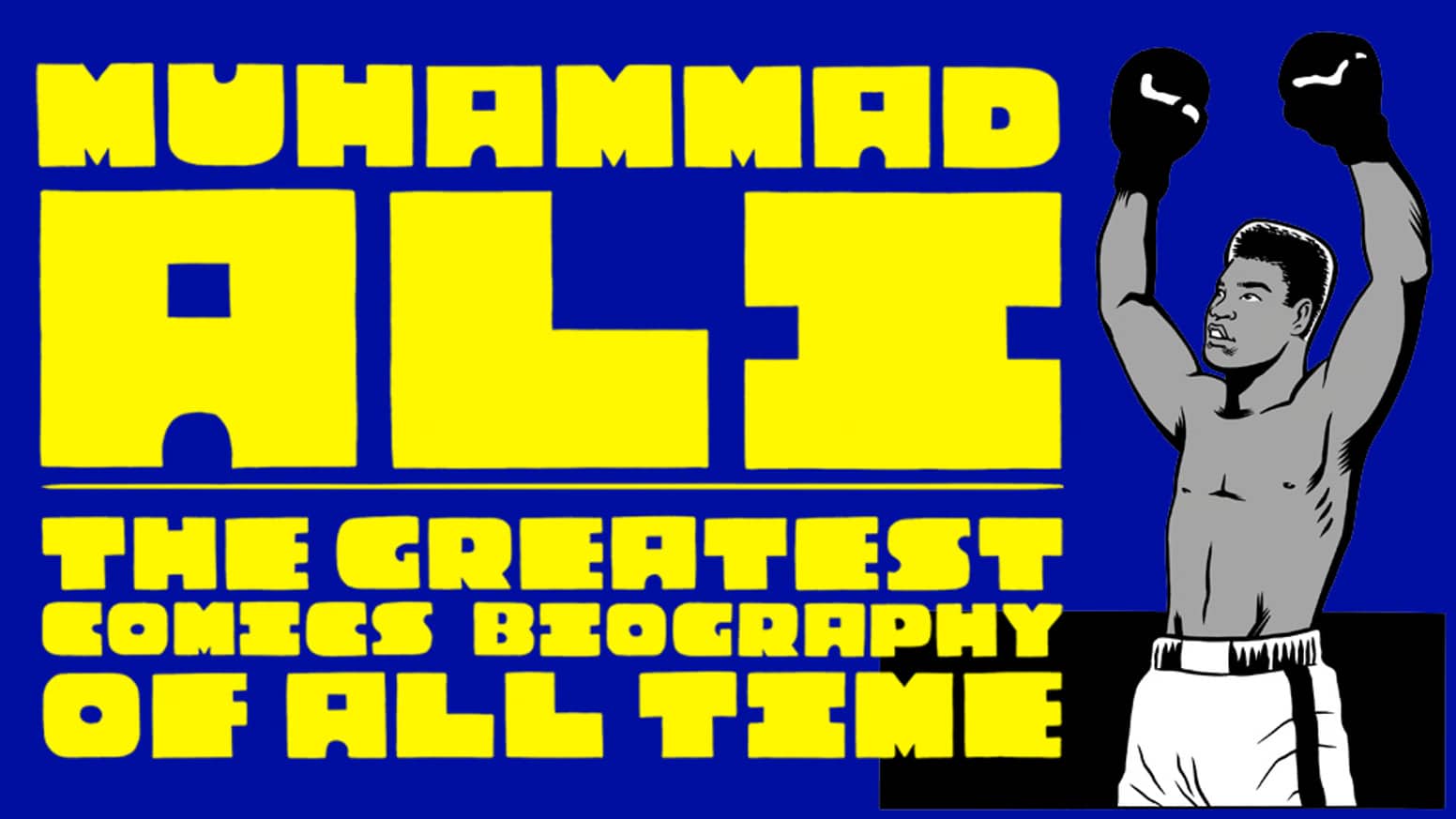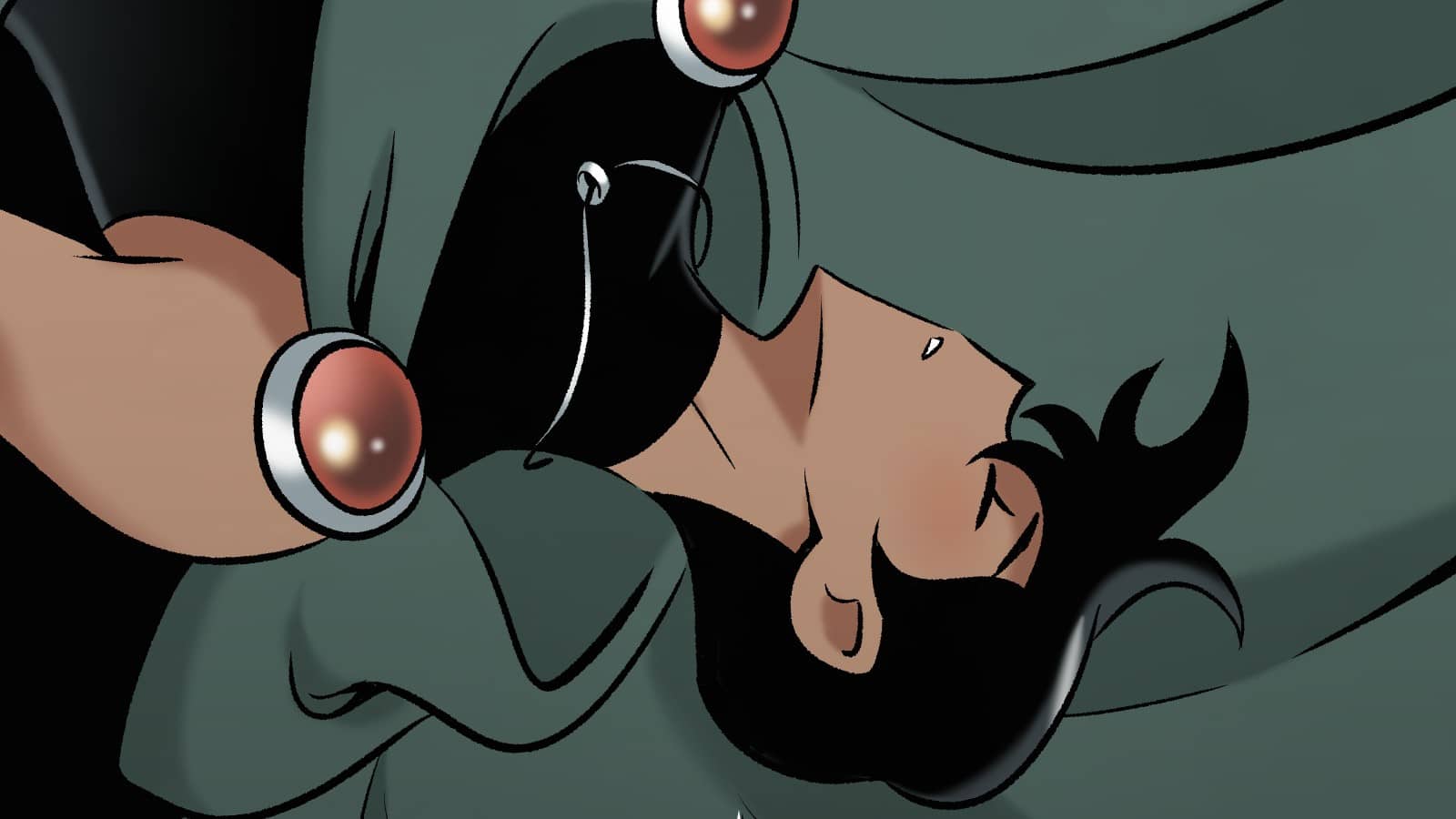In the modern comics landscape, I feel like the mainstream, and much of the independent, press tends to overlook the all-ages market. Sure, there are the lip service articles when a new Dogman or Raina Telgemeier book comes out and sells 10 times the best-selling floppy of the year, but there’s little focus and little analysis. Maybe that’s because most of the comics press isn’t the target audience for these books? I can’t say.
All of that is to say there are a lot of all-ages graphic novels out there that the general public hasn’t heard about, and a lot more coming, through traditional publishers and, of course, through crowdfunding. One of those books is House of the Queerbodies, a story inspired by a classic novel that takes place in a world of fairy tales that is entering its last week on Kickstarter. Writer Taylor Curreysmith sat down with me to talk about the books, the importance of inclusion and how the word “queerbodies” came onto his radar.
Matt Lazorwitz: What is the elevator pitch for House of the Queerbodies?
Taylor Curreysmith: House of the Queerbodies is an all-ages graphic novel about a girl who journeys to a world where fairy tales are real. Ellen adventures alongside Mother Goose’s Gander, meeting and helping familiar characters along the way, on a quest to find the story her grandmother forgot.
We’re currently funding part one, which includes the first four of 12 chapters of the full story. We meet the main characters and follow the beginning of their journey, encountering five little piggies, a particularly cantankerous goat, Jack (of the beanstalk fame), and Jack’s lovesick mom.
Matt: How did you gather your creative team?
Taylor: Jasmine Walls was the first I reached out to — well, I suppose Katharine Pyle was the first. House of the Queerbodies is an adaptation of the 1901 novel As the Goose Flies by Katharine Pyle. I started this project by adapting the original book directly into a comic script, and then I got in touch with Jasmine to be editor. I’d read her work on The Last Session and Valor II and felt she’d be a good fit. It’s very much thanks to her that the story grew and evolved into something more our own.
When it came to finding the right artist, I posted an open call on Twitter, which ended up getting over 170 replies. It was such a process going through every portfolio and imagining House of the Queerbodies in each of their styles. Eventually, I knew it had to be Robin Richardson, with their vibrant colors, whimsical attention to detail and emotive style. In our first style exploration, Robin nailed the design in one go.
Christina Gardner is a wonderful illustrator and designer who I’ve had the privilege of working with on previous projects — she provided the art for the magical girl setting module for Spell: The RPG. She made a set of beautiful logos for the title and individual chapters. Joamette Gil was suggested to me, and she was happy to come on board. She hasn’t started lettering yet (the example pages are Robin’s handiwork), but her work is fantastic.
Lastly, but certainly not leastly, our merch artists moemoejuicy, Griffith Fliegt and Supernovaleslie were all among the artists who responded to my original call. They each have stunning styles that I wanted to have included in House of the Queerbodies, and seeing their takes on Robin’s designs has been wonderful.
Matt: Why did you choose Kickstarter and crowdfunding for the book?
Taylor: I’ve had success with Kickstarter in the past with my tabletop RPG projects, and Whimsy Machine Media is still a small operation. I was able to fund editing, designs and a few pages upfront, but I definitely need the support of new fans to bring a project of this scale to life. I started building the campaign page last Autumn. By the time Kickstarter made their blockchain announcement, I already had the whole thing made and the link out to a couple dozen outlets and blogs. I’ve included a statement on the campaign page talking about the decision to stay despite being firmly against the blockchain move, and I’ve already migrated my future projects to other platforms.
Matt: Have you always been a fan of fairy tales and folktales?
Taylor: Absolutely! I grew up loving the classics, like Grimm and Aesop, as well as the modern fairy tales of Shel Silverstein and Dr. Seuss. Saturday morning cartoons and, of course, the after school reruns created a framework for my imagination in thinking about stories — the ones I loved and my own. I was one of those weird kids who always carried a book around in the big center pocket of my hoodie. Pretty much in all the media I consume, I always hope for just a little bit of a supernatural twist. Fairy tales specifically, though, are uniquely set up to tell stories built around metaphor and morals in a way that can be super approachable for kids but still welcome for adults as well.
Matt: How did you discover the word “queerbodies” in relation to fairy tales? I hadn’t heard it before your campaign.
Taylor: I hadn’t heard it at all before I read As the Goose Flies, and since then I haven’t been able to find it with that meaning anywhere else. I’m sure back in 1901, Katharine Pyle used “queer” to just mean strange, as it describes the people who live on the edge of fantasy, remaking forgotten stories into new, beautiful works of art. What really resonated with me was that the queerbodies, when we finally meet them, are stunning, awe-inspiring, diverse, industrious people. The house of the queerbodies is a place where creative people all live together creating things, and that’s just so darn lovely. It also helped that, while adapting the script, I was watching and reading about a lot of drag and ballroom culture and art, so “House of the Queerbodies” took on another connotation in my head that I really liked. There’s so much room in fantasy and fairy tales for queerness, and Katharine Pyle introducing the queerbodies was the perfect invitation to explore it further.
Matt: How have you viewed the evolution of more inclusive all-ages media? Why did you decide to throw your hat into that particular ring?
Taylor: I’m far from an expert on the subject, but I have really enjoyed seeing an increase in representation in mainstream media. Queer and diverse content has always existed, of course, though there’s value in it being platformed accessibly. I think about time I lost having to deprogram hurtful habits and behaviors, like saying “that’s gay” for anything bad because of the South Park I watched in middle school. I wonder if I had more shows like The Owl House or Steven Universe at that age, could I have skipped that whole entitled white boy teenage phase?
As far as my hats being in any rings, it’s always been important to me for my work to be inclusive. Whimsy Machine has previously published role playing games, and from the cover of my first published book — Nathalie Fourdraine’s cover for Spell: The RPG from 2018 — we have awesome, magic-wielding adventurers of color, of different genders and with disabilities. Of the now dozen or so creators who’ve worked on Whimsy Machine projects over the years, I might very well be the only cis white male. Logistically, games have been easier for me to produce compared to comics simply from a budgeting perspective, but comics have always been a love and goal of mine.
Now, perhaps more than ever, it’s important to specifically have all-ages media that portrays diverse, especially trans and queer, characters existing happily, in light of the recent legislation from Florida and Texas targeting trans youth. House of the Queerbodies is a fairy tale story, because I love fairy tales, that includes queerness as a natural, welcome part of the world. It’s the type of story I would’ve loved as a kid, and honestly it’s the type of story I still love as an adult.
You can back House of the Queerbodies on Kickstarter. The campaign is set to end March 12.
Matt Lazorwitz read his first comic at the age of 5. It was Who's Who in the DC Universe #2, featuring characters whose names begin with B, which explains so much about his Batman obsession. He writes about comics he loves, and co-hosts the podcasts BatChat with Matt & Will and The ComicsXF Interview Podcast.

